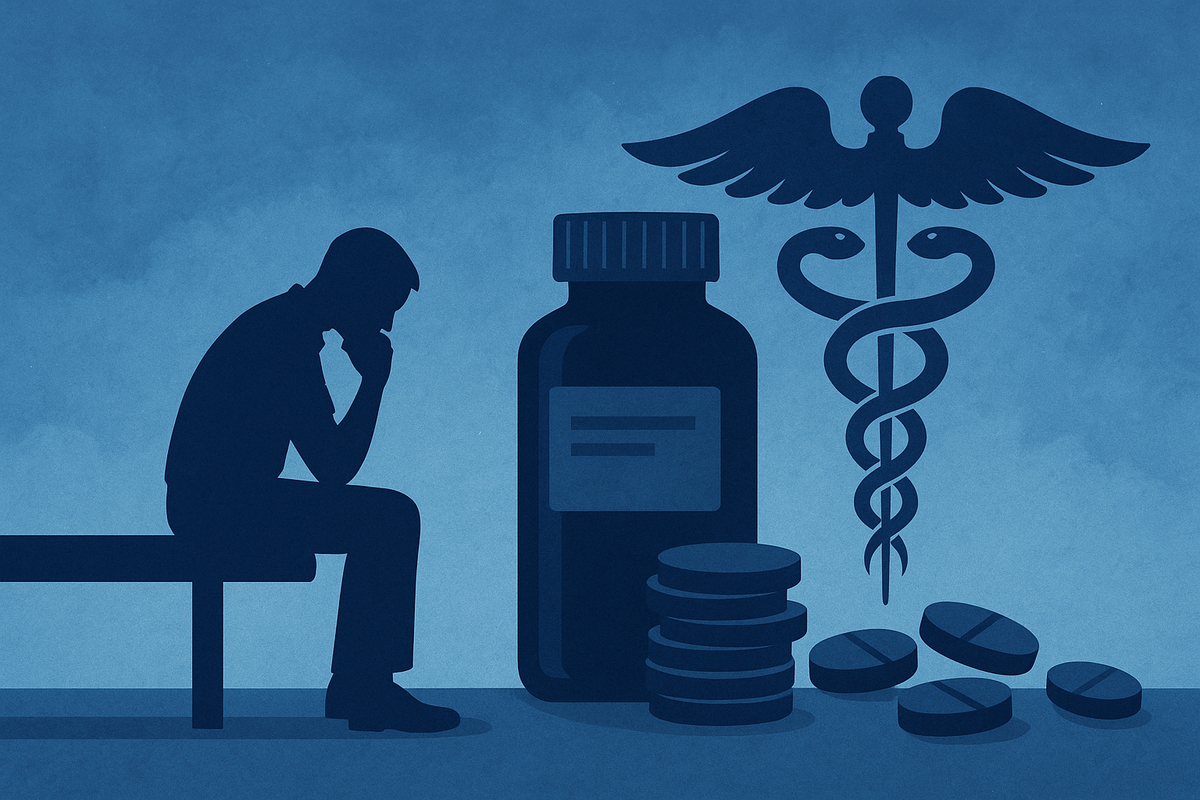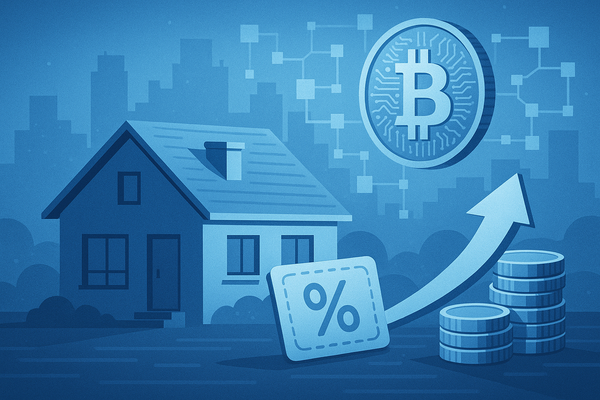The Economics of Keeping You Sick: A Patient Cured Is a Customer Lost

In today’s health care economy, there’s an uncomfortable truth that few want to say out loud: curing a patient is bad for business. The pharmaceutical industry, valued at over $1.5 trillion in 2023, is designed not to eliminate disease, but to manage it.
Most new drugs approved by the FDA aren’t cures. Fewer than 10% between 2010 and 2020 were developed to permanently eradicate a condition. Instead, the overwhelming majority target chronic illnesses like diabetes, cardiovascular disease, autoimmune disorders, and mental health conditions, ailments that affect hundreds of millions globally and require lifelong treatment.
That lifetime demand is lucrative. The average U.S. patient with Type 2 diabetes spends nearly $17,000 per year on care, with the majority tied directly to diabetes management. For drug makers and insurers alike, these patients become reliable revenue streams.
Cures as a Business Risk
In 2018, Goldman Sachs released a report asking a pointed question: Is curing patients a sustainable business model? Their analysis centered on Gilead Sciences’ hepatitis C treatment, Sovaldi, which boasted a 95% cure rate. It was hailed as a scientific breakthrough. But financially? The company’s revenue fell from $32 billion to $22 billion in just two years.
Wall Street punished them for shrinking the customer base. In the health care marketplace, success is measured not by how many people you heal, but by how long they remain dependent.
The R&D Incentive: Treatments Over Cures
The industry’s research priorities follow the money. Preventive care, natural remedies, and curative therapies often fall to the wayside because they’re difficult to patent, harder to monopolize, and less profitable over time.
Meanwhile, pharma companies continue to pour billions into developing incremental variations of existing drugs, so-called “me-too” medications that slightly tweak an original formulation just enough to renew patent protections. This tactic, known as evergreening, allows companies to extend exclusivity and maintain sky-high prices without introducing meaningful innovation.
In fact, over 80% of new drug patents in the U.S. are not for new discoveries but for modifications to old ones. This keeps prices high and competition out. No wonder U.S. drug prices are over 2.5x higher than those in other high-income nations.
When Nature Can’t Be Patented
Natural compounds with proven efficacy often go ignored. Not because they don’t work, but because they can’t be patented. There’s no financial incentive to fund large-scale studies on turmeric, curcumin, or even cannabis, despite overwhelming evidence of their medical benefits.
Cannabis was vilified for decades while research quietly mounted showing its efficacy in epilepsy, PTSD, and chronic pain. Curcumin, derived from turmeric, has demonstrated anti-inflammatory and anticancer properties. Yet none of these have enjoyed the kind of investment needed to bring them into mainstream medicine because they aren’t profitable.
If a treatment can’t be owned, it’s more easily ignored.
Selling Sickness: Advertising and Influence
Nowhere is the commercialization of illness more visible than in the United States, where direct-to-consumer pharmaceutical advertising is practically omnipresent. The U.S. and New Zealand are the only countries that allow it.
As a result, patients are bombarded with ads for drugs they didn’t know they needed. Normal experiences such as stress, restlessness and fatigue are rebranded as medical conditions. Patients walk into doctors’ offices asking for drugs by name, influenced more by commercials than by medical evaluation. Physicians, often under pressure, oblige.
In 1997, pharma spent $1.3 billion on advertising. By 2021, it was $7.7 billion. The goal isn’t education, it’s demand generation. One JAMA study found that nearly 80% of drug ads misrepresented benefits or downplayed risks.
Behind it all is a powerful lobbying machine. From 1999 to 2018, the pharmaceutical industry spent $4.5 billion lobbying the U.S. government—more than any other sector. That investment has secured everything from fast-track FDA approvals to legal protections against Medicare negotiating drug prices.
The Opioid Crisis: A Profitable Catastrophe
Perhaps the most devastating example of profit-driven medicine is the opioid epidemic. Purdue Pharma aggressively marketed OxyContin as non-addictive, despite clear internal evidence of its danger. Over a million Americans have died from opioid overdoses since 1999, even as the Sackler family withdrew billions in profits before seeking legal insulation.
The product worked exactly as intended: it created dependence, drove repeat prescriptions, and generated staggering profits.
Dependency as a Business Model
Today, one in five Americans takes five or more prescription medications. Polypharmacy is now standard, not exceptional. A pill for the condition, another for the side effect, and still more for the new conditions that emerge along the way.
In this system, there is no off-ramp. Health becomes a subscription plan and the more you take, the more you need.
Every treatment spawns new symptoms and every side effect becomes another product line.
Realigning the Incentives
If we want a health care system that prioritizes cures over customers, we need to change what we reward.
That means reforming patent law to end evergreening. It means funding public R&D focused on preventive care and root-cause treatment. It means bringing natural medicine into mainstream medical systems. And it means transparency in lobbying, in clinical research, and in the guidelines that shape how doctors treat patients.
Health care should be built around human well-being, not Wall Street earnings calls.
Until we change the rules, the system will continue to treat symptoms while ignoring cures, because that’s what it was designed to do.
By Daniel J. Walsh / CEO, Walsh Capital Industries





